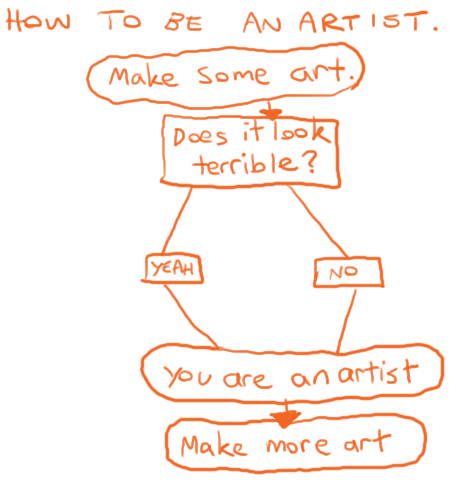So when aiming to just generally improve at drawing, one of the most helpful pieces of advice I've found is:
Learn to draw fast first.
So before you get bogged down in trying to make every piece look very finished, or fiddling with small details on a piece, first get into the habit of drawing lots of small sketches; try to make it a daily habit or at least a few times a week. Get a sketchbook or a big digital canvas and just fill it up with sketches of poses, faces, things you see, just anything at all. These sketches are just for you, so they don't need to be perfect; if you make a mistake, just try again, maybe with a different approach, or note what you want to do differently next time. Do timed challenges like "I need to draw this in 5 minutes" and see what you can do with a timer. This will push you to think about the entire shape of the thing you're drawing first and teach you which details and lines do the most heavy-lifting.
Maybe you could join in the "Sketch a day" thread on the forums to keep motivated (but sometimes the quality of some people's sketches might feel intimidating, and I understand that. No pressure!). Some people like to keep their sketches mostly private (like me), but pretty much every artist should do them, whether they show them or not, or keep them or throw them away.
Get some good art books too. I think the art book that taught me the most is "Drawn to Life" by Walt Stanchfield. It's all the lecture notes the legendary animator used to train the animators who sparked the Disney Rennaisance in the 80s and it's just packed with wise advice for cartoonists. Another one that's FREE because it's old that's dated in attitude but still probably the best anatomical drawing book is Figure Drawing For All Its Worth by Loomis.
Also, please enjoy my tutorial hoard that I've collected on Pinterest:
I leave you with words I wrote at 11pm one night a number of years ago that went viral and then people started selling it on mugs and things without my permission:
